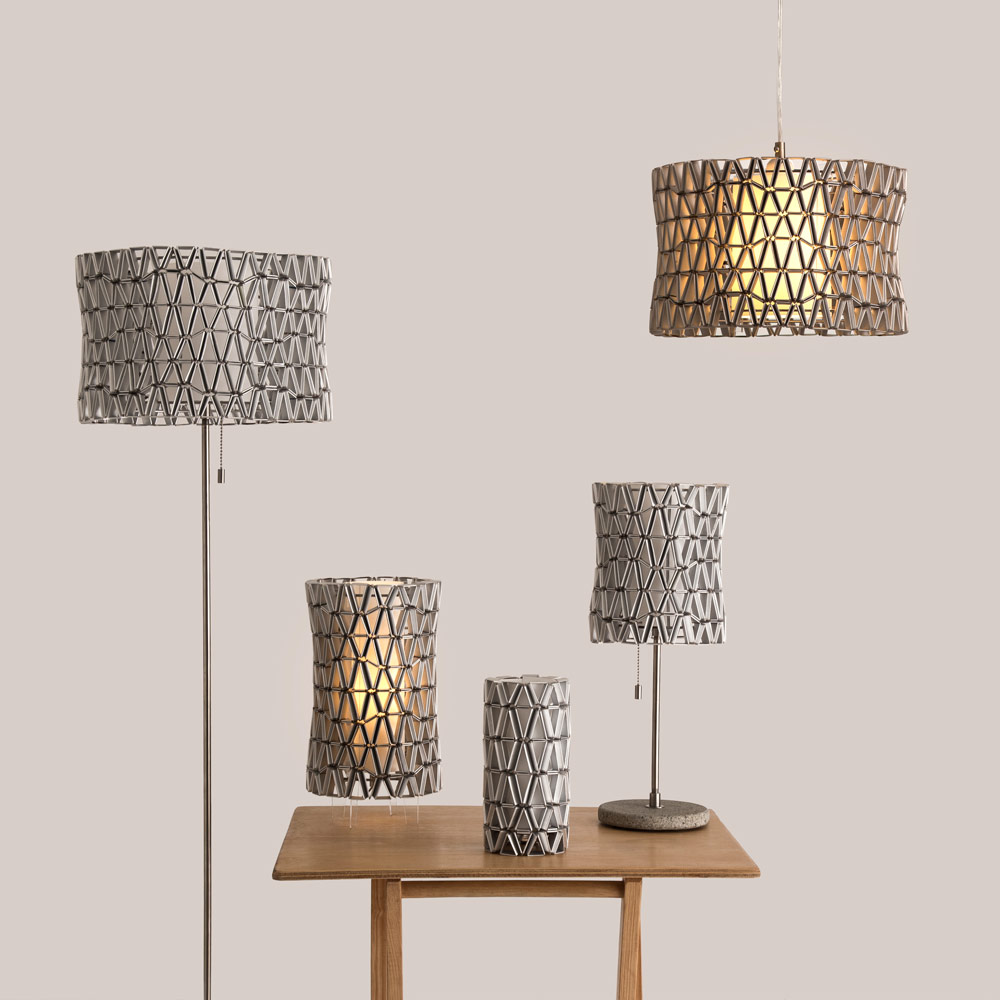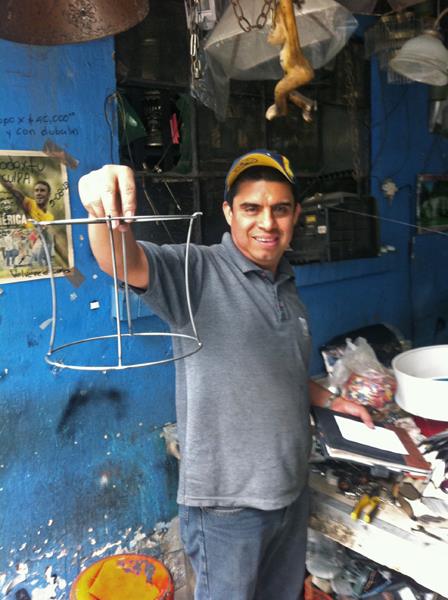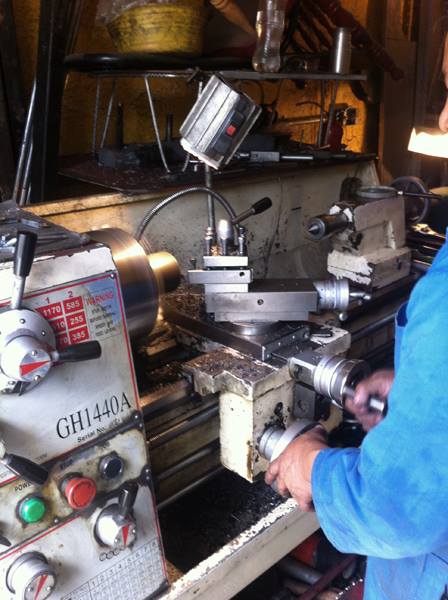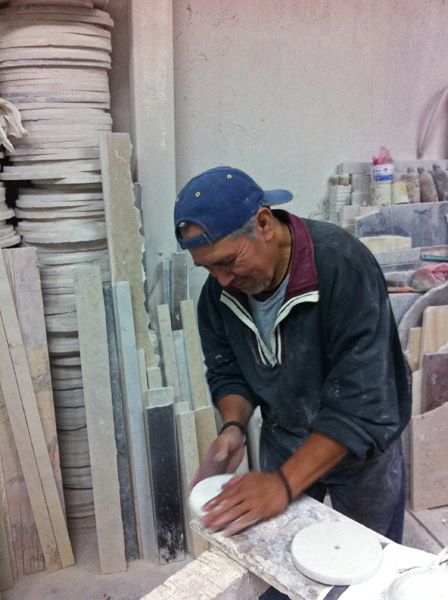Etla Lamps
Background to the story
The cardboard is collected through the community, neighbors and some cafes in the neighborhood of Colonia Roma cooperate.
Juan Miguel Gutiérrez, who likes to be called “Chimi” made a trip from Mexico to Patagonia, Argentina, with his wife almost six years ago. They left in a van and used cooking oil as fuel, turning it into biodiesel. His fuel pump was restaurants.
In that tour throughout Latin America ─which lasted 13 months─ they visited 40 ecological projects. It was there that Chimi’s passion for recycling arose.

Upon returning from this adventure, he continued to dedicate himself to the production of photography and to other things that he was “a little lost”, he confesses. Later he made the decision to leave photographic production to really pursue his profession as an industrial designer. “That was my biggest success,” he said.
In December 2011, he began operating with his firm Hierba Mala, where he brings together his two passions: recycling and design.
Some time ago he designed a lamp called Etla, the lampshade is made of recycled tetrapak, which he collects through citizens of the community, neighbors and some cafes in the neighborhood of Colonia Roma, in Mexico City.
“I made a really congruent design from start to finish. It took me almost two years to go from model to production because I wanted the final product to have no buts.”
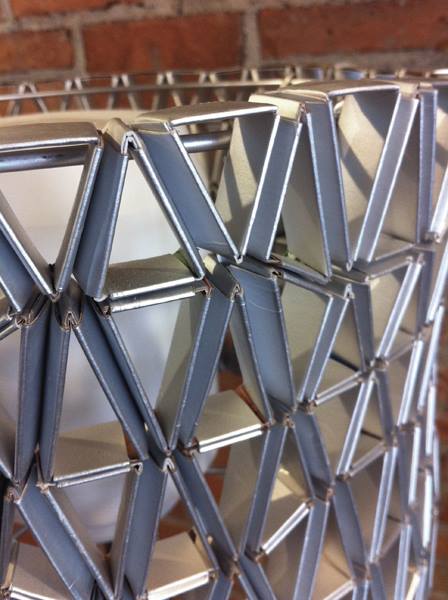
The redesign is of an Ed Chew lamp and is based on Heinz Strobl’s construction system. The pieces are assembled in origami, an art of Japanese origin that consists of folding paper ─without using scissors or even a drop of glue─ to obtain various figures. “What I use is the inner part of the tetrapak, whose original color is aluminum, and it is no longer necessary to paint anything.”
For a small screen, Chimi recycles 45 kilos of tetrapak. “Something very interesting is the assembly because I have trained women from the Tepepan prison to weave the mesh.”

The interior screen is also recycled, and the quarry base is made by Mexican artisans, as well as the stainless steel pieces that are produced by workshops in Colonia Doctores.
What she is most passionate about her job is being in the workshop and doing new projects, “selling is not my thing, but you have to focus on it too. What I want is faster time to market so I can spend more time doing what I love.”
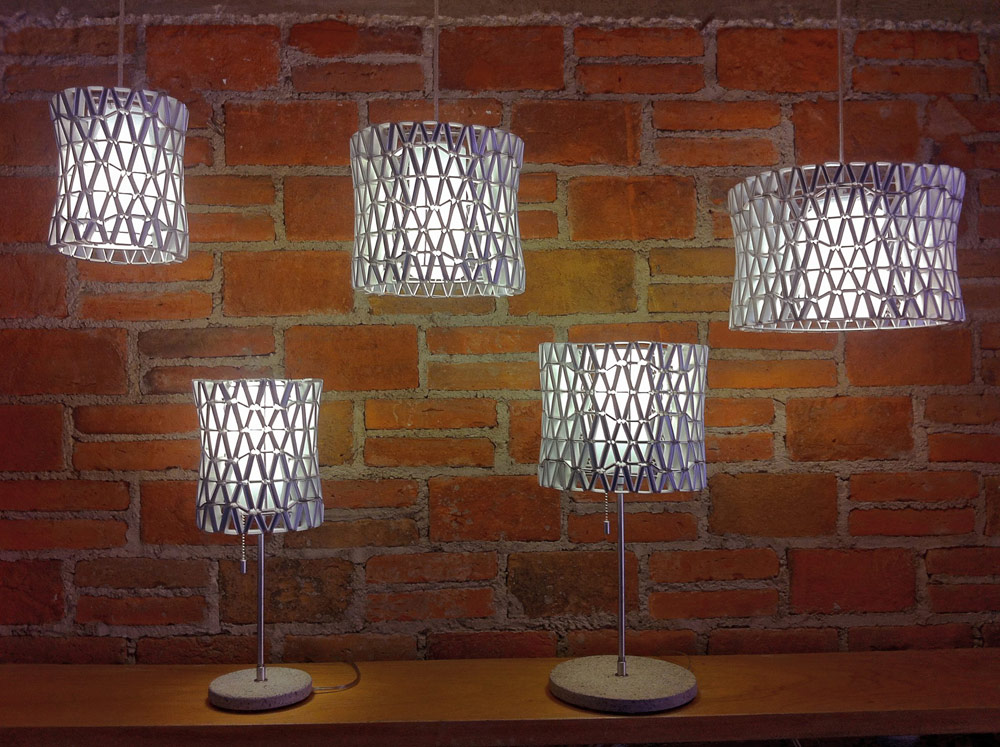
The creative shared with us that one of the mistakes he has made is trying to do everything himself, but he has already learned to delegate many things.
Chimi was 15 years away from design in Mexico because he was dedicated to other activities. But when he came back, he was pleased to see that there are many talented people who are building their own brands. “What is missing is to value all this work more and promote the acquisition of national products,” he concluded.
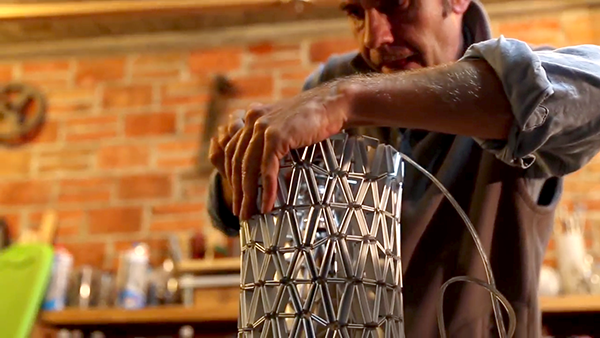
I dedicate myself 100% to designing furniture and accessories from recycled materials and recovering used furniture that I restore and intervene. I care about the context and history of both the conception and the making of the object.
Discover the production of a whole collection of original design lamps, from recycled tetrapak, the ETLA Lamps.
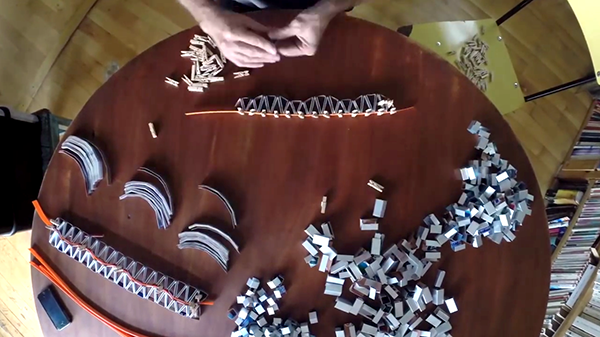
During a stay in San Agustín Etla Oaxaca, I began to experiment with a used tetrapak stock: milk and juice cartons; After many cutters and failed tests, the prototype of the Etla lamp came out.
The Etla lamp is a redesign of an Ed Chew lamp based on Heinz Strobl’s construction (or fabric) system. It’s made from a recycled tetrapak assembly, without a drop of glue.
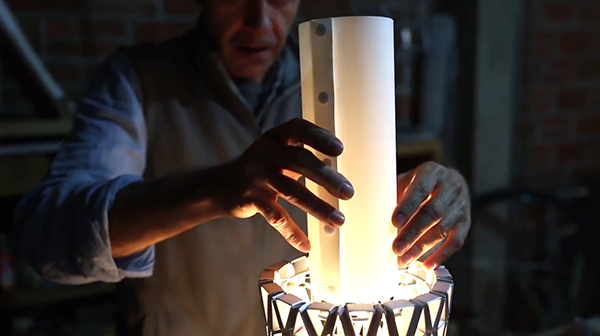
The design of the Etlá lamp integrates both the concept of recycling, local and sustainable design, as well as that of social responsibility. The screen is made of recycled tetrapak, recovered with citizens of the community, neighbors and some neighborhood cafes; the rest of the elements of the lamps are produced in Mexico by Mexican companies and artisans. Until now, I have woven the tetrapak pieces but part of the project is to train women from the Santa Marta Acatitla prison to weave the mesh (stage in process).
The buyer is another part of this cycle: he appreciates the originality of the lamp, he falls in love with the project and with a lamp in his house, he becomes part of this chain: he has to tell the story behind the object.
At Hierbamala, sustainable, social and local design creates a visible and close community: the participation of employees is fairly remunerated and the work processes are transparent. The use of used materials underlines the importance of waste separation and encourages conscious and moderate consumption.
Recycled tetrapak lamps, assembled (origami type) without glue, in the Tepepán prison. All materials and processes are local.
Those involved
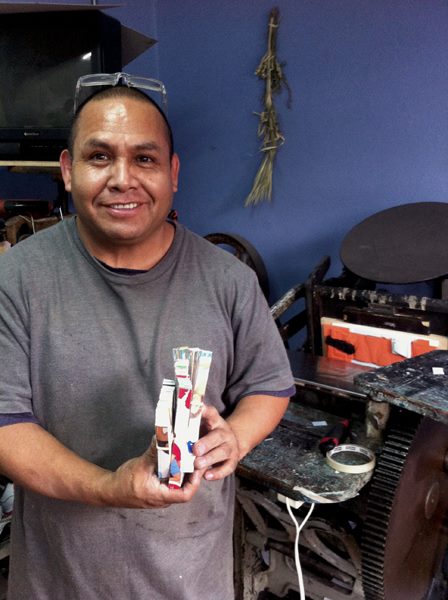

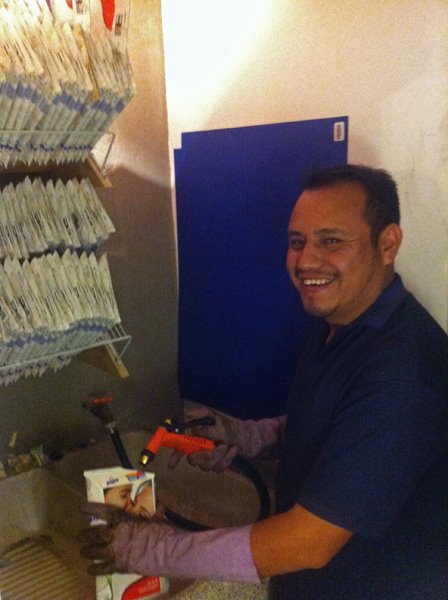
The products
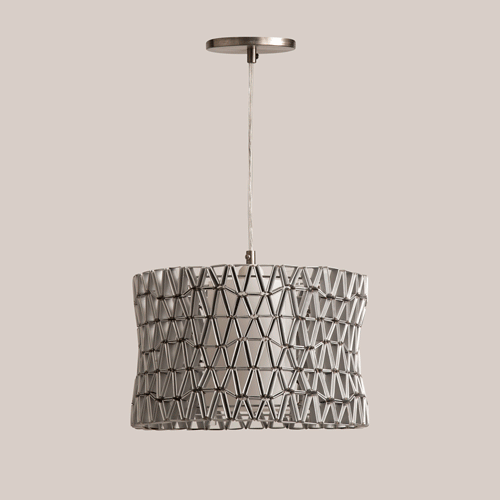
Etla Ceiling Lamp 76 tetrapak containers
Screen 21.5 cm X 33.5 cm. 13W saving light
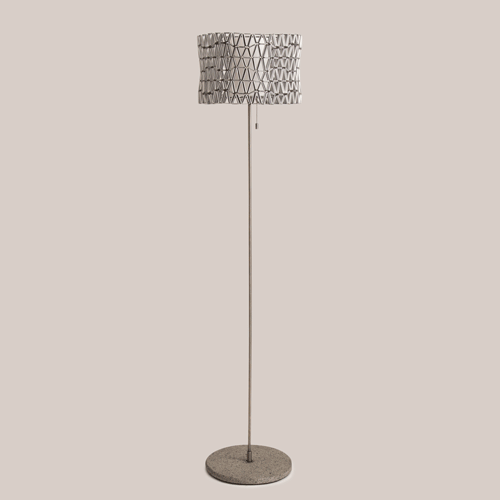
Etla floor lamp (only if you are an anchor in the Federal District) 76 tetrapak containers
Screen 21.5 cm X 33.5 cm total height 1.4 cm. 13W saving light
Hierbamala, Mexico
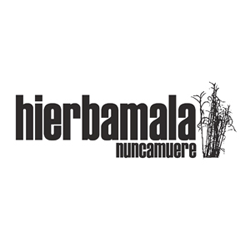

was used when creating this post
PROFILE
Chimi Gutierrez is from Mexico City. He studied Industrial Design at the UNAM Industrial Design Research Center (CIDI). For years he was away from design and worked in still photography and documentary production. After a long journey in 2008 (video), he became aware that what he really wanted was to dedicate himself completely to design. Upon returning from the trip, he exhibited an installation about this experience at the Museum of Modern Art as part of the exhibition Asteroid B612 / Regenerative Design (August 2008).
In 2012, he created his own workshop and studio in the Roma neighborhood, Hierbamala.
Main Research Source
- Fondeadora - ETLA(2014)

- Lámpara Etla de tetrapak reciclado por hierbamala.com.mx - Vimeo
- Una lámpara hecha de tetrapak By: Estivaly bald Tapia | Podio(03/2014)

The design uses a pattern of 3 different triangles.


